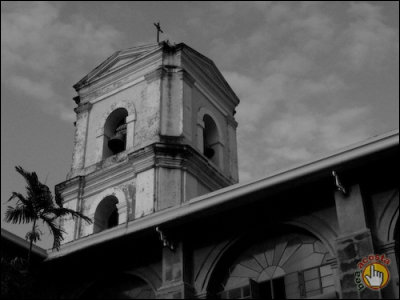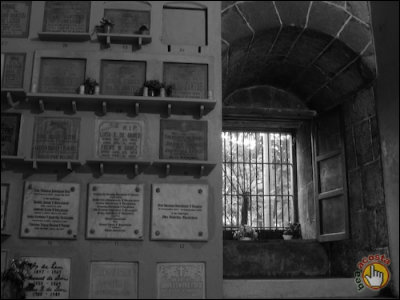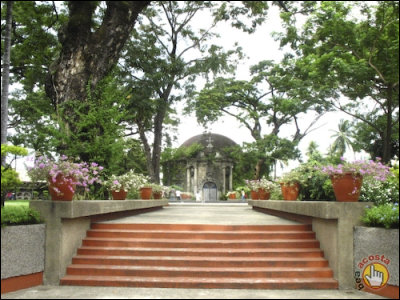In 1957, Arthur Frommer, a young corporal in the U.S. Army, wrote a travel guide for American GIs in Europe, and then produced a civilian version called Europe on $5 a Day.[3] The book ranked popular landmarks and sights in order of importance and included suggestions on how to travel around Europe on a budget. It was the first travel guide to show Americans that they could afford to travel in Europe.
Europe on $5 a Day was published in 1957, when riding the London Underground cost one and a half cents and all over Europe you could eat a meal for less than a dollar and stay at a nice hotel for three. Author Arthur Frommer was an Army intelligence officer posted in Berlin and found all his deals while spending his weekends wandering Europe with hardly a penny in his pocket. He wrote his first version for GIs and published it while he was still in Europe. When he returned to the U.S. he self-published 5,000 copies of a new version for the general public, and it sold out the first afternoon it was available. The advent of transatlantic jet service in 1958, which cut flight time in half, sent millions of Americans to Europe with Frommer’s book in hand. The title Europe on $5 a Day lasted for seven years. In 1965 it had to be changed to Europe on $5 and $10 a Day.The most recent edition, published in 2004, was entitled Europe From $85 a Day. Now the series has ended just before cracking the $100 ceiling. Frommer, who lives in New York, is semi-retired but he still writes travel columns. His daughter, Pauline Frommer, launched her own imprint in 2006. The Pauline Frommer Guides will take over where the dollar books left off.
NEW YORK (AP) - Arthur Frommer first saw Europe in 1953 from the window of a military transport plane.
He'd been drafted and was headed to a U.S. base in Germany. But whenever he had a weekend's leave or a three-day pass, he'd hop a train to Paris or hitch a ride to England on an Air Force flight. Eventually he wrote a guide to Europe for GIs and had 5,000 copies printed. They sold out at 50 cents apiece, and when his Army stint was over, he rewrote the book for civilians, self-publishing 'Europe on 5 Dollars a Day' in 1957.
'It struck a chord and became an immediate best-seller,' he recalled.
On the 50th anniversary of the book's publication, Frommer is still being credited with helping to change leisure travel by showing average Americans that they could afford a trip to Europe. And while the dollar-a-day series is finally ending this year after selling millions of copies, the Frommer brand remains strong, with a new series from Arthur's daughter Pauline carrying on the tradition.
More important, Frommer's original approach - a combination of wide-eyed wonder and getting the best value for your money - has become so standard that it's hard to remember how radical it seemed in the days before discount flights and backpacks.
'If you go back to the 1950s, most people who traveled were wealthy,' said Pat Carrier, owner of The Globe Corner Bookstore in Cambridge, Mass. 'If they went to Europe, it was a once-in-a-lifetime kind of trip. Today, my kids think they should be in a foreign country as part of their every-year experience. Arthur did for travel what Consumer Reports did for everything else.'
Anne Sutherland, a professor at the University of California at Riverside who studies tourism as a global phenomenon, used 'Europe on 5 Dollars a Day' on a six-month trip in 1965. 'When I read the title, I said, 'I can do Europe on $5 a day? I'm going!'' she said. 'And I really did live on $5 a day. For my generation, that really made a difference. Without that guidebook, we couldn't have known we could do it.'
Bertram Gordon, a professor at Mills College in Oakland, Calif., recalled sitting in a cafe in Paris in the mid-1970s where 'it looked like every third person passing by was carrying a Frommer's.' But Gordon, who teaches a course on the history of European travel, noted that many factors contributed to Frommer's success, including the affluence of post-World War II America, adventurous baby boomers, and the rise and ease of jet travel.
'Frommer was catching a wave,' Gordon said. 'This is not to take anything away from him, but when his books started coming out, there was an audience.'
That wave continues today. Americans now 'look upon the entire world as a possibility for their next vacation,' Frommer, 77, said in an interview. 'You go to a party nowadays and people say, 'Shall I go to Miami or London? Shall I go to San Francisco or Shanghai?' The whole emphasis has become international travel, which was not the case 50 years ago.'
In the 1950s, he added, 'you traveled to Europe with a steamer trunk. You were told by the entire travel industry that the only way to go to Europe was first-class, that this was a war-torn continent coming out of World War II, that it literally wasn't safe to stay anywhere other than first-class hotels.'
Then as now, Frommer insists, 'budget travel is a preferable method of travel because it leads to a more authentic experience. You meet people imbued with intellectual curiosity - teachers, students, artists, normal people, people from all over the world - who want to have a genuine experience, rather than an experience whose aim is to make you physically comfortable and let you enjoy the pretentiousness of flaunting your wallet.'
In the 1960s, when inflation forced him to change the title of the book to 'Europe on 5 and 10 Dollars a Day,' he said 'it was as if someone had plunged a knife into my head.' Thanks to the weak dollar, the final editions were titled 'Europe from $95 a Day.'
'The dollar a day concept doesn't make sense when it costs $100 a day if you are lucky to find a hotel room,' said Michael Spring, Frommer's publisher at Wiley Publishing Inc.
Carrier, the Globe Corner Bookstore owner, credited Spring with greatly improving the Frommer's guides in the past 10 years. Carrier said they remain especially useful for food and accommodations. But he added that the Frommer's 'brand is diminished today in terms of its reach across all age groups. I don't think anyone could have anticipated 15 years ago that Lonely Planet would explode the way it did.' Lonely Planet books are geared to backpackers and a younger, more adventurous traveler.
Frommer's still publishes comprehensive guides to many destinations, but is trying to broaden its appeal. Last year the brand launched MTV Travel Guides, geared to trendy 20-somethings; Frommer's Day by Day guides to help time-pressed travelers pare down their options; and Pauline Frommer's Travel Guides, for adult budget travelers, emphasizing alternative accommodations and offbeat experiences like volunteer vacations. 'Pauline Frommer's New York City' won the 2006 best travel book award from the North American Travel Journalists Association.
Pauline began traveling with her father and mother, Hope, in 1965 when she was four months old. 'They used to joke that the book should be called 'Europe on Five Diapers a Day,'' Pauline Frommer said.
Her father still rails against gourmet meals, five-star hotels, private jets and other trappings of luxury travel, and Pauline shares his tastes. He noted that she recently booked round-trip tickets for herself, her husband and two daughters to fly round-trip to England this summer on Virgin Atlantic for $595 apiece. 'She saved close to $1,000 for her family,' he said approvingly.
'I never fly first-class,' he added. 'It's an incredible waste of money.'
http://www.abcmoney.co.uk/news/30200764279.htm





































